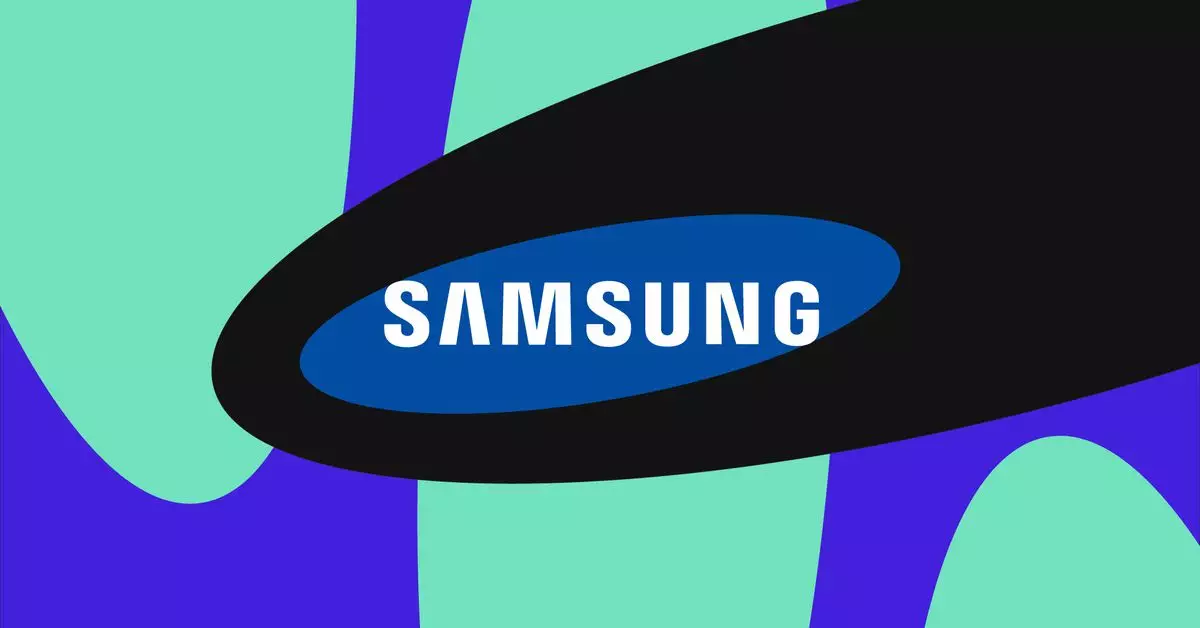In the rapidly evolving landscape of technology, augmented reality (AR) stands out as a revolutionary advancement, promising to transform how we interact with the digital and physical worlds. Recently, a significant collaboration between Samsung and Google has emerged, focused on the development of AR glasses. Though specifics regarding the product remain sparse, this partnership could pave the way for groundbreaking advancements in AR technology.
During an interview with Bloomberg, Samsung’s TM Roh emphasized the ongoing development of these AR glasses, yet did not provide a clear timeframe for their release. The phrase “as soon as possible” was notably vague, leaving many enthusiasts and stakeholders eager for more concrete details. This ambiguity raises questions about the readiness of the technology and the competitive pressure the companies face in an increasingly crowded marketplace, especially following Meta’s ambitious foray into AR with their Orion glasses, which, despite their advanced functionality, are not intended for consumer sales. The difference in approach between Meta’s Orion and Samsung-Google’s future offering suggests a strategic divergence in how these companies perceive the AR market.
The backdrop to this partnership includes the announcement of the Project Moohan mixed reality headset, which operates on the recently unveiled Android XR. This operating system is crucial for the development of AR applications and experiences, acting as the foundational software that can drive various augmented reality devices. Reports indicate that the upcoming Samsung-Google AR glasses will integrate deeply with Android XR, potentially bridging the gap between powerful hardware and innovative software. This integration may facilitate a more seamless user experience, as seen through preliminary trials of the mixed reality headset, described as a convergence of existing technologies from competitors like Meta and Apple.
User experience is at the forefront of AR technology, and the initial revelations surrounding these products hint at functionalities that will resonate with consumers. Features such as object selection through gesture controls and immersive viewing experiences have already been showcased in trials. As observed by early testers, the ability to manipulate digital elements within one’s physical environment is becoming a standard expectation. However, the challenge remains to differentiate this new AR offering from already established devices. Samsung and Google must ensure that their AR glasses not only incorporate state-of-the-art features but also provide a unique, user-friendly experience that captures the public’s imagination.
The partnership between Samsung and Google in developing AR glasses signifies a notable step forward in the technology sector, reflecting a shared vision for future advancements in augmented reality. As they seek to refine their product and align it with the capabilities of Android XR, industry watchers will remain keenly interested in how these developments will unfold. The AR landscape is poised for transformation, and with two of the industry’s giants collaborating, the potential for innovation seems limitless. The focus will now be on how well they can transform ambitious visions into tangible realities that empower users and redefine technological interaction.

